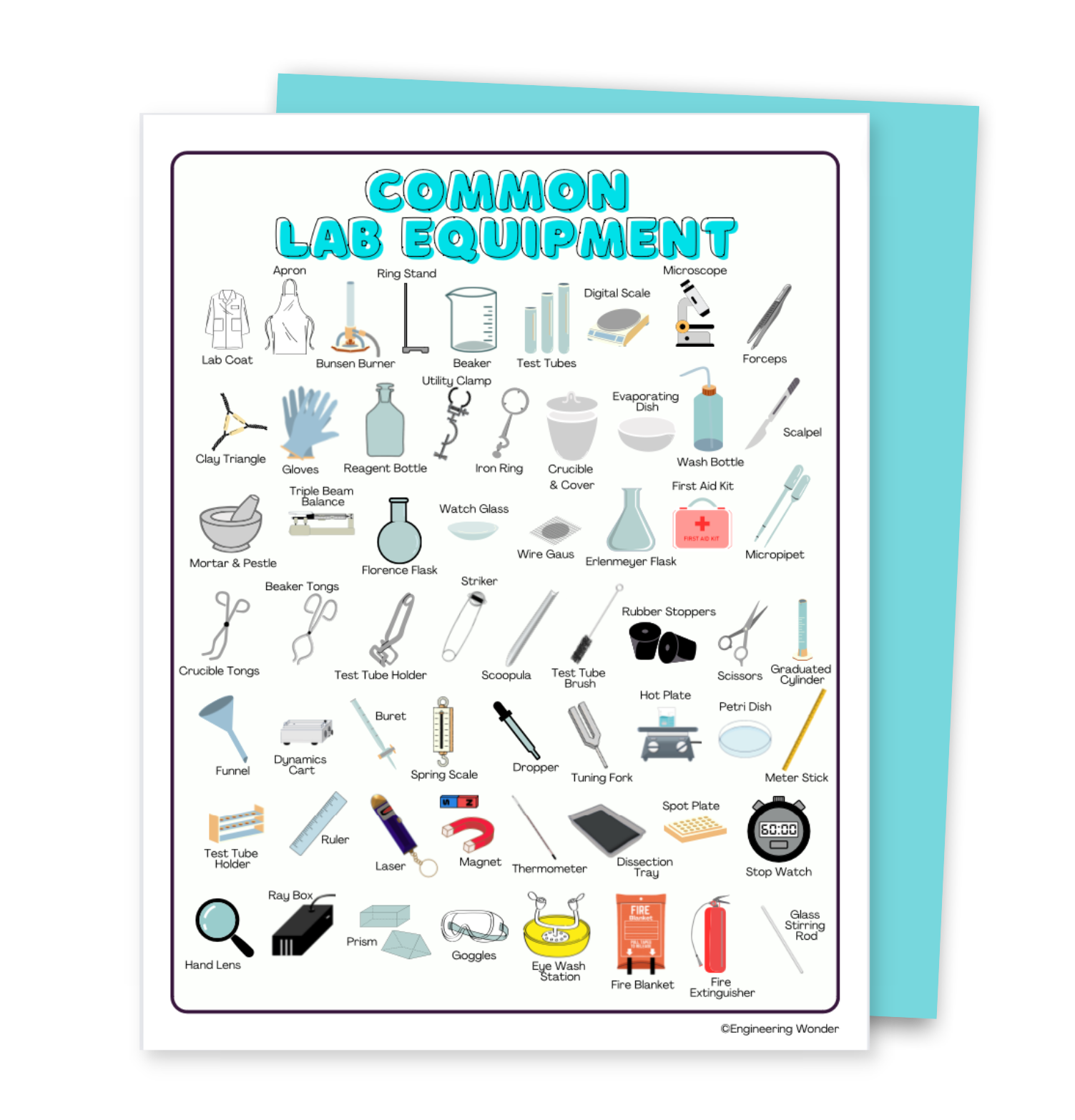One of the things that really captured me early on in my teaching career was attending STEM competitions. These were events that were typically promoted by colleges/universities or some local STEM related association.

The thing I noticed while attending STEM events was that they were almost always contextualized, problem based activities. They were rarely, if ever, straight forward surface level stuff. It usually went something like: here’s the problem, here are the constraints, now find the BEST solution. So there wasn’t necessarily one way to solve the problem, maybe there were many ways. It was all about nurturing creativity, innovation and collaboration. This approach whereby learning objectives are embedded in real world problems is such a powerful way to draw students in.
The main benefit I saw in attending STEM competitions, outside of having fun while learning, was that it gave me an opportunity to get ideas for hands-on learning I could do in my classroom. Afterall, why limit these activities to special events that only some students attend, when I could give all my students a crack at it?
Now introducing something like this to your learning program takes time and planning, so I would recommend starting with just one new activity in your course this year. Whether it’s connected to chemistry, biology, physics or math doesn’t matter. Pick a real world application and then embed your learning objectives.
As an example. One of my favorite STEM projects is our golf ball cars in Grade 11 Physics. This project was inspired by an event we participated in and to this day, I get such a kick out of finding out what my students will come up with because I never know for certain until the event.

The main premise of this project is as follows: groups of three design and build a simple car made from recycled materials and some pieces of scrap from the school wood shop. There are some other constraints, but the main objective is to allow the car to roll down a ramp and along the ground and to have it deliver a payload (golf ball) to a target on the floor at an unspecified distance. The team that lands the payload closest to the target gets bonus points. The real trick here is that teams need to devise a braking system so that the car stops directly over the target.

Now let’s talk about your learning objectives. Since this project is used in my physics class, one of the things I was looking for was students ability to successfully conduct an inquiry. So this could mean developing a hypothesis, identifying variables and ultimately experimenting by manipulating those variables to observe the effects in achieving the desired objective. I also looked specifically at conservation of energy, gravity, friction and the work-energy theorem. You may want to assess more objectives than this, or you may want to scale this way back. Whatever the case, you’ll need to weigh the time dedicated to the activity against the perceived learning achieved. At the end of the day, it has to make sense.
In some instances you’ll realize that the learning objectives you embedded could have been taught in a fraction of the time. If that’s the case, reassess your activity and decide if you should BEEP BEEP BEEP, back it up and re-design or if it should be scrapped altogether. But if you sense it has that magic, and you’ll know it when you see it, keep working through iterations until you get what you’re looking for.
I typically only do one large STEM project like this in a course, and I combine in class time as well as out of class time to be as efficient as I can be. I don’t want to eliminate all class time though, because it adds an accountability element for students and gives me a chance to offer up feedback and support along the way.
I hope this inspires you to try out a STEM activity you have in mind, it’s absolutely worth the effort. Whatever you decide, please reach out and share what you came up with, I’d love to hear from you.

THANKS FOR STOPPING BY
I'm so glad to have you here! Since 2010 I've been in the classroom as a Math and Science teacher at the high school level. I am excited to share some of my journey with you, along with helpful resources and ideas you can implement that will make your life easier.

Featured Resource
Digital Multimeters - How to Measure Resistance, Voltage & Current

FREE RESOURCE!
Interested in grabbing this common lab equipment quick reference handout? Great resource for your students to refer to throughout the course to get to know common tools in the lab.


